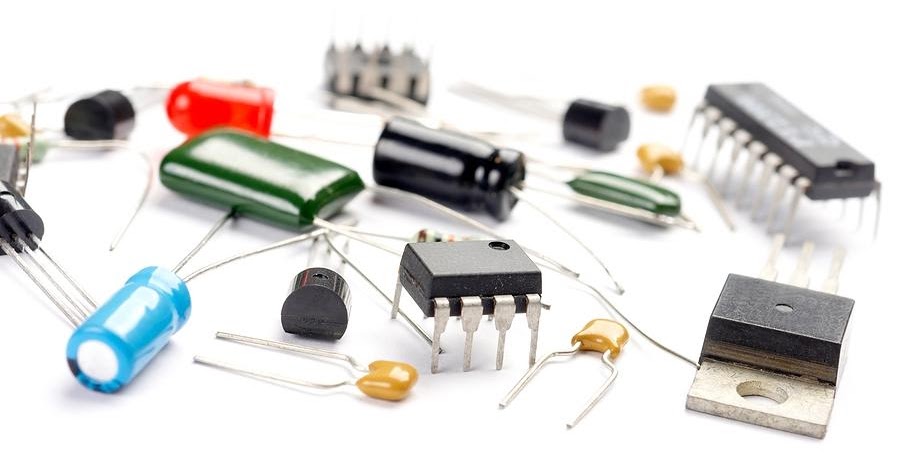
This means the depletion layer has not punched through the lightly-doped n-layer. If the thickness of the lightly doped "I" layer (n-layer) is greater than the depletion layer width at the breakdown, this creates a non-punch through the power diode. The guard rings prevent the radius of the curvature of the depletion layer from becoming too narrow, which can increase the breakdown strength.Īnother feature is to coat the SiO 2 layer to help limit the electric field at the surface of the power diode. Guard rings are a p-type that prevents their depletion layer from merging with the depletion layer of the reverse-biased p-n junction. Other features that are incorporated in the power diode letting it handle higher power are: The power diode symbol is the same as the signal diode as shown in Figure 2. In general, power diodes are used in numerous applications including rectifiers, voltage clamper, voltage multipliers and etc. However, the drawback of this intrinsic layer is that it can add noticeable resistance during forward-biased conditions, which means that the power diode could require a proper cooling arrangement for handling large power dissipation.

Here, the "I" in P-I-N stands for intrinsic semiconductor layer to bear the high-level reverse voltage as compared to the signal diode, the n-drift region layer, shown in Figure 1. This can make these switches highly efficient since there are lesser losses during the power processing.Ī power diode has a P-I-N structure as compared to the signal diode having a PN junction. Namely how, in power electronics circuitry, these switches act in the saturation region and work in the linear region in the analog circuitry such as in power amplifiers and linear regulators. In this article, similar solid-state devices such as those mentioned above will be delved into along with their characteristics (such as i-v characteristics and turn-off characteristics) and how they work as power devices.

The transistor by Bell Labs in 1947 was the first solid-state device to come into commercial use later in the 1960s. They also exclude conventional electro-mechanical devices (relays, switches, hard drives, and other devices with moving parts). The term “solid-state” is often used to show the difference between the earlier technologies of vacuum and gas-discharge tube devices. Solid-state devices are completely made from a solid material, and their flow of charges is confined within this solid material. More specifically, these devices act as solid-state switches in the circuits, meaning they can act as a switch without any mechanical movement.


 0 kommentar(er)
0 kommentar(er)
